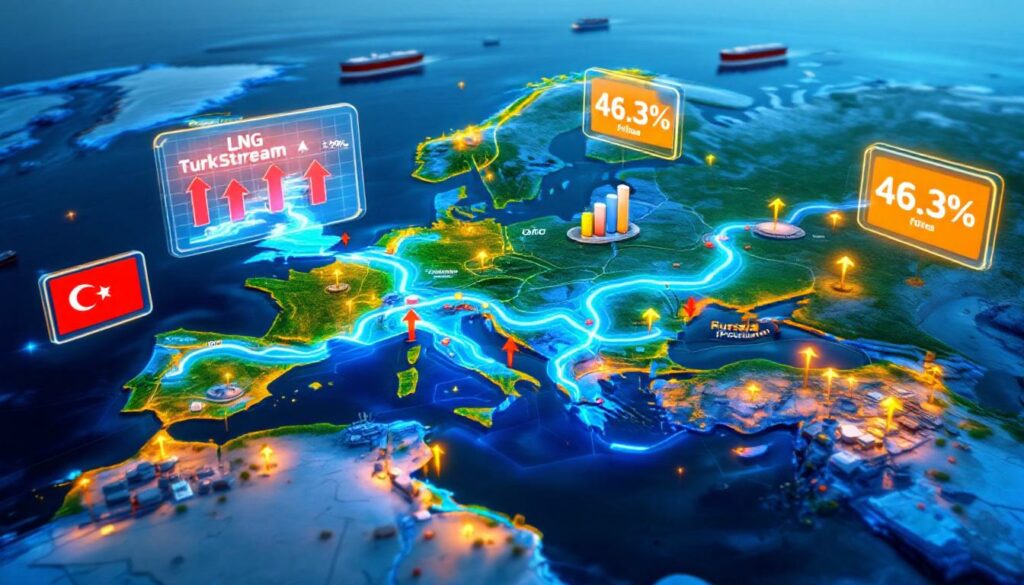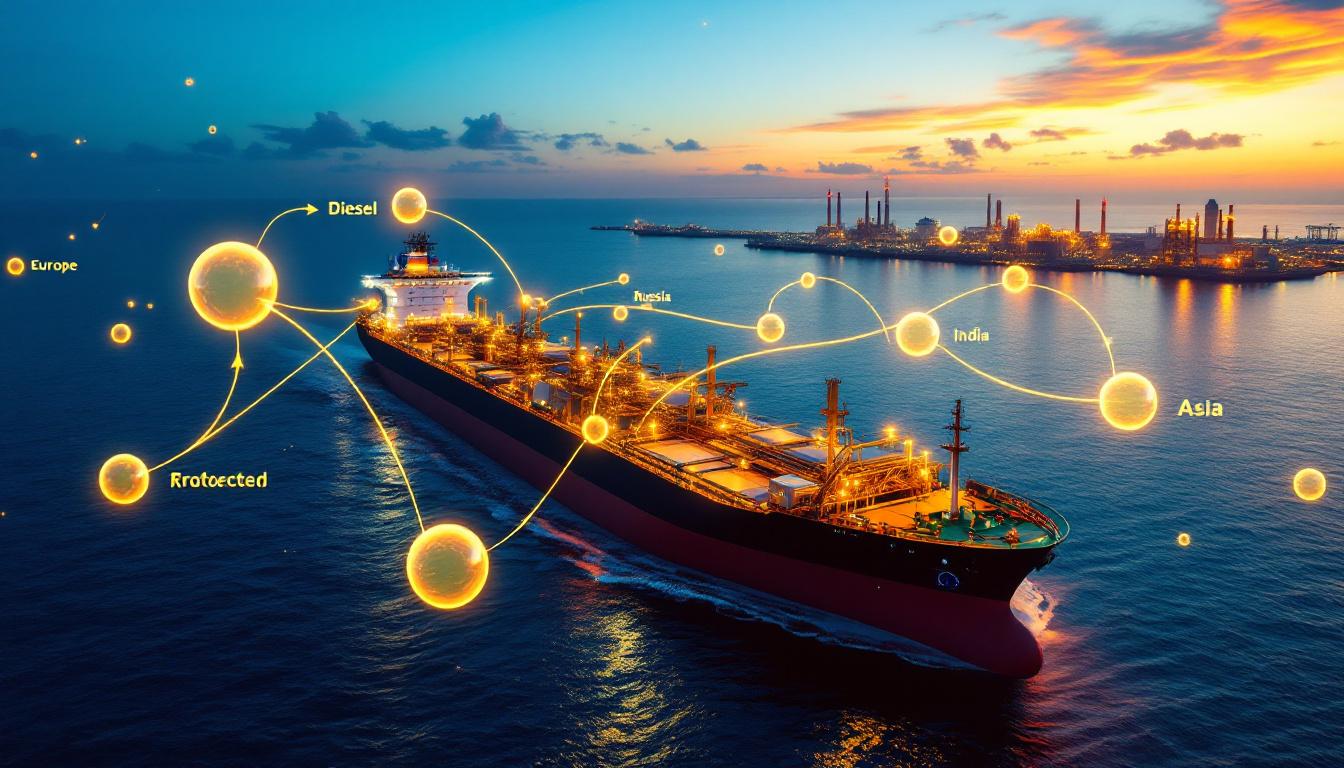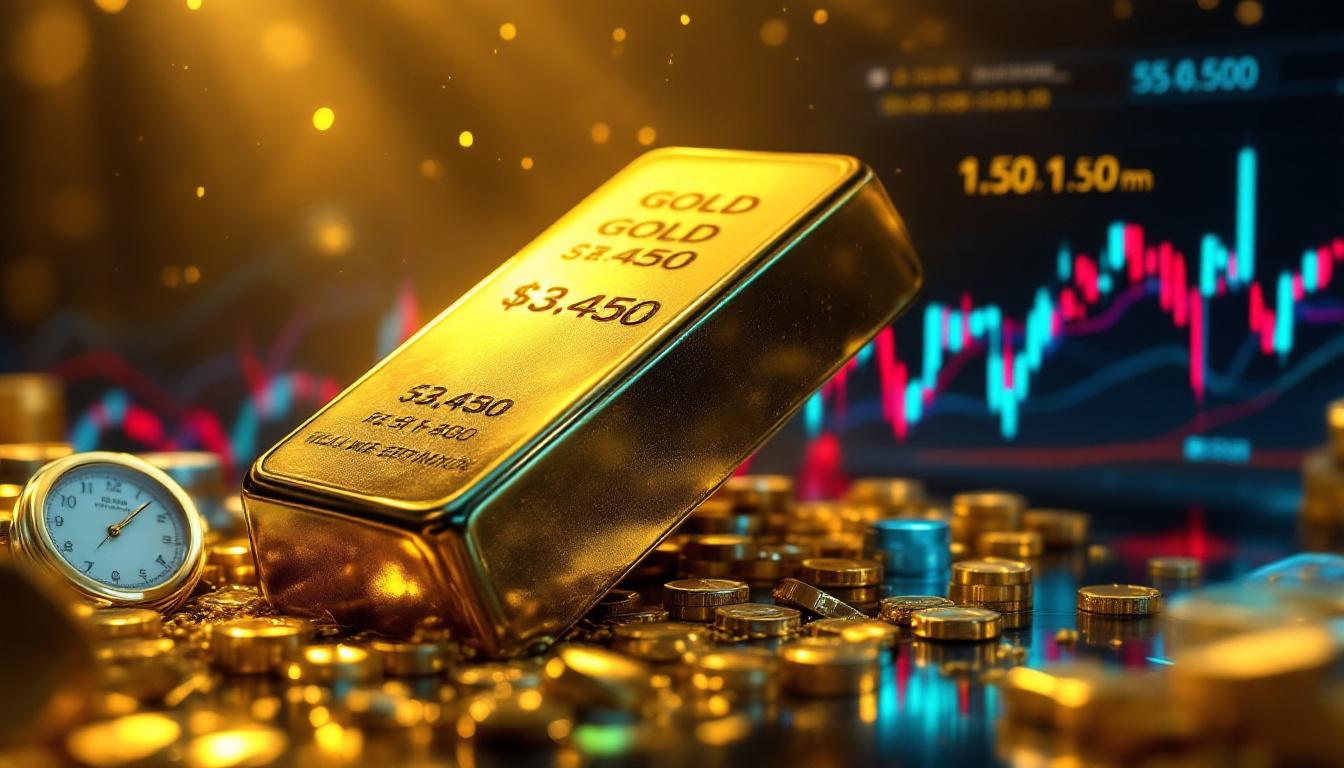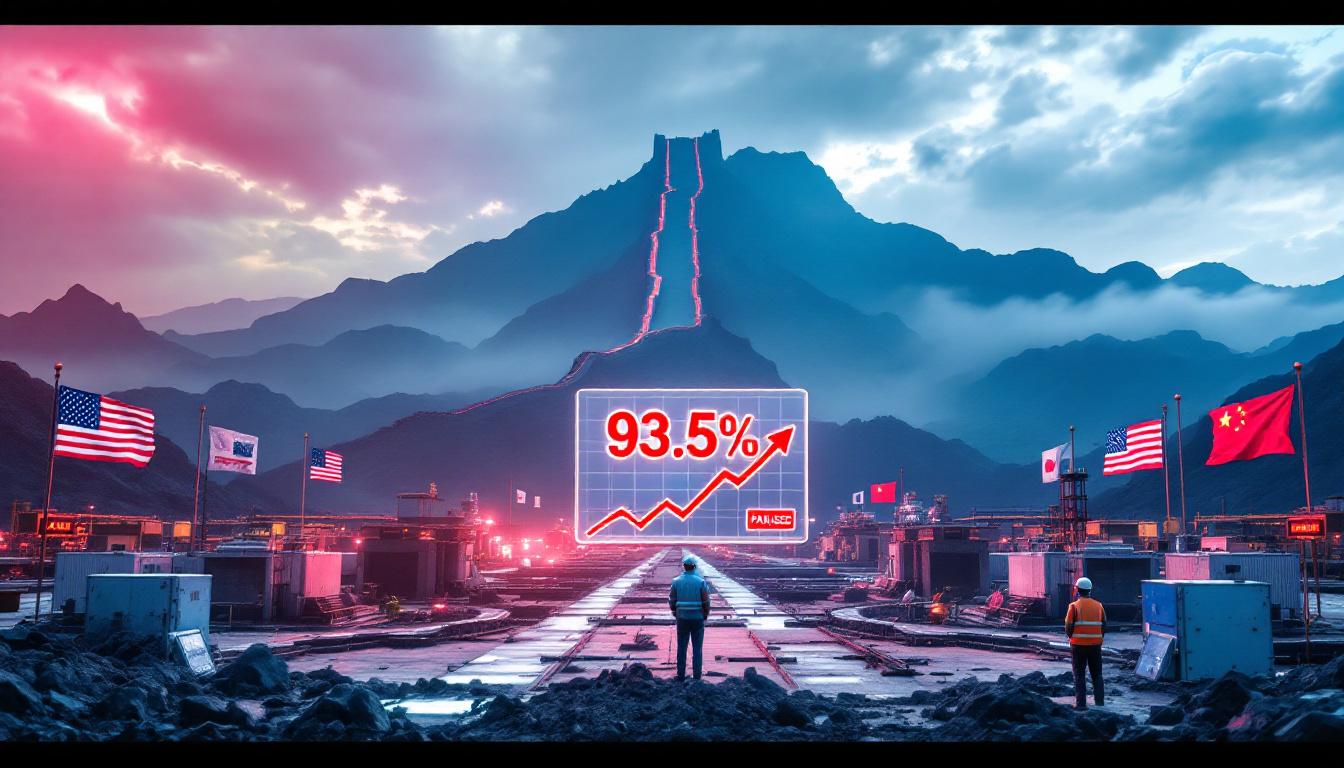How Has Russian Gas Flow to Europe Changed in 2025?
Russian natural gas exports to Europe have undergone significant transformation in 2025, with recent months showing unexpected fluctuations against a backdrop of long-term decline. The relationship between Russia and European energy markets continues to evolve as geopolitical tensions, infrastructure changes, and policy shifts reshape traditional supply patterns.
According to industry data, while the overall trajectory shows diminishing Russian gas presence in Europe, recent monthly figures reveal a more complex picture with temporary surges amid the broader downward trend. This volatility highlights the complicated transition Europe faces as it works to reduce its historical dependence on Russian energy amid growing energy transition challenges.
What Caused the July Surge in Russian Gas Exports to Europe?
Maintenance Completion Drives Export Growth
Russian gas exports to Europe surged in July 2025 compared to June levels, primarily due to the completion of maintenance work on the TurkStream pipeline. According to data compiled by Reuters from Entsog and cited in an Oilprice.com article by Michael Kern (August 1, 2025), daily gas flows reached approximately 51.5 million cubic meters (mcm) per day via the TurkStream route.
This represents a 4.7% increase compared to July 2024 flows, indicating that despite the broader decline in Russian gas exports to Europe, certain routes continue to maintain or even slightly increase their throughput on a year-over-year basis.
The completion of scheduled maintenance activities on TurkStream in late June allowed for the resumption of normal flow volumes, explaining the substantial month-over-month increase observed in July data.
TurkStream: The Last Major Pipeline Route
The TurkStream pipeline, which delivers Russian gas to Europe via Turkey and the Balkans, has become increasingly significant as it remains the only major operational route for Russian pipeline gas to reach European markets. This southern corridor has gained strategic importance following the shutdown of other traditional supply routes.
"Some European countries, including Hungary and Slovakia, continue to receive Russian gas through the TurkStream pipeline via Turkey and the Balkans—the only remaining route for Russian gas to Europe," notes the Oilprice.com report from August 2025.
The pipeline's dual-string design, with one string dedicated to Turkish domestic consumption and the second serving European markets, has enabled Russia to maintain a foothold in European gas markets despite broader efforts to reduce dependency.
How Have Russian Gas Exports to Europe Changed Since 2022?
Dramatic Decline in Pipeline Supplies
Russian gas supplies via pipeline to Europe have plummeted since 2022, following a series of events that disrupted traditional supply routes:
- Russia cut off numerous EU customers from gas deliveries following payment disputes and sanctions
- Nord Stream pipeline ceased supplying gas to Germany "after Russia reduced flows and after a sabotage in September 2022" (Oilprice.com, August 2025)
- The critical Nord Stream 2 pipeline never became operational despite completion
- Gas transit via Ukraine officially ended on January 1, 2025, after Ukraine "refused to negotiate an extension to the transit deal"
These disruptions have fundamentally altered the European gas market, forcing rapid adaptation and diversification efforts across the continent.
First Half of 2025 Shows Continued Decline
The first six months of 2025 saw Russian natural gas exports to Europe (combining both pipeline and LNG deliveries) fall dramatically compared to the same period in 2024:
| Period | Total Gas Exports (billion cubic meters) | Year-over-Year Change |
|---|---|---|
| Jan-Jun 2024 | 15.5 | – |
| Jan-Jun 2025 | 8.33 | -46.3% |
This nearly 50% reduction is primarily attributed to the cessation of gas flows through Ukraine, which had previously served as a crucial transit route. The Reuters data compilation highlights the scale of this transition, with the total volume falling by more than 7 billion cubic meters in just one year.
What's Happening with Russian LNG Exports to Europe?
LNG Shipments Also Declining
Russia's liquefied natural gas (LNG) exports have also experienced downward pressure in 2025:
- Total Russian LNG exports fell by 4.4% to 15.2 million metric tons in the first half of 2025, according to LSEG data quoted by Reuters
- LNG exports specifically to European markets dropped by 13% year-on-year
- Russian LNG producers have been forced to seek alternative markets in Asia
The decline in LNG exports represents a significant shift, as liquefied shipments had initially been viewed as a potential workaround to pipeline restrictions. However, European policy measures have increasingly targeted this supply avenue as well.
Regulatory Impact on LNG Trade
The European Union's restrictions on Russian LNG transshipments, which came into effect in March 2025, have created additional barriers for Russian gas reaching European markets. These measures specifically target the practice of transferring Russian LNG between vessels in European waters, effectively closing a loophole that had allowed continued imports despite broader sanctions.
As noted in the Oilprice.com article: "The European Union adopted a ban on Russian LNG transshipments effective March 2025." This regulatory action reflects Europe's comprehensive approach to reducing Russian energy dependency through both infrastructure development and policy implementation.
What Are Europe's Plans for Russian Gas Dependency?
EU Roadmap to End Russian Energy Imports
The European Union has established a comprehensive plan to eliminate its reliance on Russian energy sources. According to the European Commission source cited in Oilprice.com (August 2025), the EU unveiled a "roadmap to end dependency on Russian energy, which includes a halt to all imports of Russian gas by the end of 2027."
This formal policy framework includes several key components:
- Accelerated renewable energy deployment targets
- Enhanced energy efficiency measures
- Infrastructure investments for alternative gas supply routes
- Coordinated demand reduction protocols
- Support mechanisms for most affected member states and industries
The roadmap represents the formalization of efforts that began in 2022 with the REPowerEU plan and have continuously evolved as Europe's energy landscape transforms amid oil price stagnation and shifting global trade patterns.
Alternative Supply Sources
European countries have been actively securing alternative gas supplies to replace Russian volumes:
- Increased pipeline imports from Norway, Algeria, and Azerbaijan
- Expanded LNG receiving capacity through new terminals and floating storage units
- Development of additional interconnectors to improve gas distribution within Europe
- Exploration of emerging supply options including Eastern Mediterranean gas resources
The diversification strategy has already shown substantial results, with European gas storage facilities reaching healthy levels despite the dramatic reduction in Russian supplies. This success demonstrates the resilience of European energy systems and their capacity to adapt to changing supply conditions.
Which European Countries Still Rely on Russian Gas?
Remaining Dependent Markets
Despite the overall reduction in Russian gas flows to Europe, several countries continue to receive significant volumes:
- Hungary maintains substantial imports via TurkStream and has secured special exemptions from certain EU restrictions
- Slovakia continues to receive Russian gas through the southern route
- Austria and some Balkan nations maintain varying levels of Russian gas imports
- Certain industrial sectors in these countries remain particularly dependent on Russian supply
The continued reliance on Russian gas in these markets highlights the uneven nature of Europe's energy transition, with geographical, infrastructure, and economic factors creating different dependency profiles across the continent.
Challenges to Complete Disconnection
The complete elimination of Russian gas from European energy systems faces several challenges:
- Limited alternative supply infrastructure in some regions
- Long-term contracts with significant financial penalties for early termination
- Industrial processes specifically designed for Russian gas specifications
- Economic considerations including potential price impacts of rapid transition
These factors explain why some European countries continue to receive Russian gas despite the broader push toward energy independence. The transition timeline varies significantly based on each country's specific circumstances and available alternatives.
What Are the Broader Implications for European Energy Security?
Price and Supply Stability Concerns
The transition away from Russian gas has implications for European energy markets:
- Potential for increased price volatility during peak demand periods
- Higher average costs as more expensive LNG replaces pipeline gas
- Infrastructure bottlenecks limiting gas distribution from entry points to demand centers
- Varying impacts across different European regions based on existing supply alternatives
Energy security experts note that while Europe has successfully navigated the initial phases of Russian gas reduction, longer-term challenges remain regarding price stability and supply resilience, particularly during high-demand winter months.
Geopolitical Dimensions
The reshaping of European gas supply has significant geopolitical implications:
- Strengthened energy partnerships between Europe and the United States
- Increased European engagement with Middle Eastern and North African gas producers
- Growing importance of the Southern Gas Corridor connecting Europe to Caspian resources
- Potential for new strategic alignments based on emerging energy relationships
These shifting relationships demonstrate how energy dependencies create and reinforce geopolitical alignments, with Europe's move away from Russian gas creating new international partnerships and strategic priorities amid ongoing US–China trade tensions.
How Is Russia Responding to Reduced European Gas Demand?
Pivot to Alternative Markets
Russia has been implementing strategies to address the loss of European gas market share:
- Accelerated development of gas export infrastructure oriented toward Asian markets
- Expansion of LNG production capacity to serve global markets
- Efforts to increase pipeline exports to China through new and existing routes
- Development of gas-based industrial projects to increase domestic consumption
These diversification efforts aim to maintain Russia's position as a global gas power despite the reduction in its historically most important export market. The effectiveness of this pivot remains uncertain, with infrastructure limitations and competitive pressures creating significant challenges.
Economic Impact on Russia
The reduction in gas exports to Europe has economic implications for Russia:
- Decreased revenue from what was historically its most profitable gas market
- Challenges in redirecting all European volumes to alternative buyers
- Increased costs associated with developing new export infrastructure
- Potential long-term impact on Russia's share of the global gas market
While the full economic impact remains difficult to quantify, industry analysts suggest that Russia's gas sector faces significant revenue challenges despite the development of alternative markets, as European premium prices are difficult to replicate elsewhere.
What Does This Mean for Global Natural Gas Markets?
Reshaping of Global Gas Flows
The disruption of traditional Russia-Europe gas trade is transforming global gas markets:
- Increased competition for LNG cargoes among European, Asian, and emerging market buyers
- Growing importance of US LNG exports in global supply dynamics
- Development of new trading patterns and price relationships between regional markets
- Acceleration of infrastructure investments in producing and consuming regions
These shifts create both challenges and opportunities for market participants, with increased liquidity and trading flexibility counterbalanced by greater price volatility and supply uncertainty, especially as OPEC production impact continues to influence broader energy markets.
Long-Term Market Evolution
The current transition may have lasting effects on how global gas markets function:
- Potential shift away from long-term contracts toward more flexible arrangements
- Increased emphasis on supply diversification among major importers
- Growing interconnection between previously separate regional gas markets
- Acceleration of the energy transition as gas supply concerns boost renewable investments
Market experts suggest that the Russia-Europe gas disruption may ultimately accelerate broader changes in global energy systems, potentially hastening rather than hindering the transition toward lower-carbon energy sources and highlighting the importance of critical minerals energy security.
FAQ: Russian Gas Exports to Europe
Will Russian gas ever return to pre-2022 export levels to Europe?
Most energy analysts consider it highly unlikely that Russian gas exports to Europe will return to pre-2022 levels. The combination of European policy commitments to end Russian energy dependency, the development of alternative supply infrastructure, and the deterioration of political relations creates significant barriers to restoring historical trade volumes.
How has the reduction in Russian gas affected European energy prices?
European energy prices experienced significant volatility following the initial disruption of Russian gas supplies in 2022. However, by 2025, markets have largely adjusted through a combination of demand reduction, alternative supplies, and infrastructure adaptations. While prices remain higher than pre-crisis levels, they have stabilized considerably compared to the extreme peaks seen in 2022-2023.
What role does Ukraine play in current Russian gas exports to Europe?
As of January 1, 2025, Ukraine no longer serves as a transit route for Russian gas to Europe after declining to extend the previous transit agreement. This represents a significant shift, as the Ukraine route had historically been one of the main corridors for Russian gas reaching European markets.
Are European countries meeting their targets for reducing Russian gas dependency?
Progress varies significantly across European countries. While the overall trend shows substantial reduction in Russian gas imports, some nations—particularly in Central and Eastern Europe—continue to face challenges in securing sufficient alternative supplies. The EU's target of ending all Russian gas imports by 2027 remains ambitious but achievable based on current diversification efforts.
Disclaimer: This article contains forward-looking statements and analysis regarding energy markets and geopolitical developments. Such statements involve risks and uncertainties that could cause actual results to differ materially from those expressed or implied. Readers should not make investment decisions based solely on the information presented.
Ready to Stay Ahead of Australia's Next Major Mineral Discovery?
Discovery Alert's proprietary Discovery IQ model instantly notifies investors of significant ASX mineral discoveries, transforming complex data into actionable investment opportunities for both traders and long-term investors. Explore why major discoveries can lead to exceptional returns by visiting our dedicated discoveries page and begin your 30-day free trial today.




